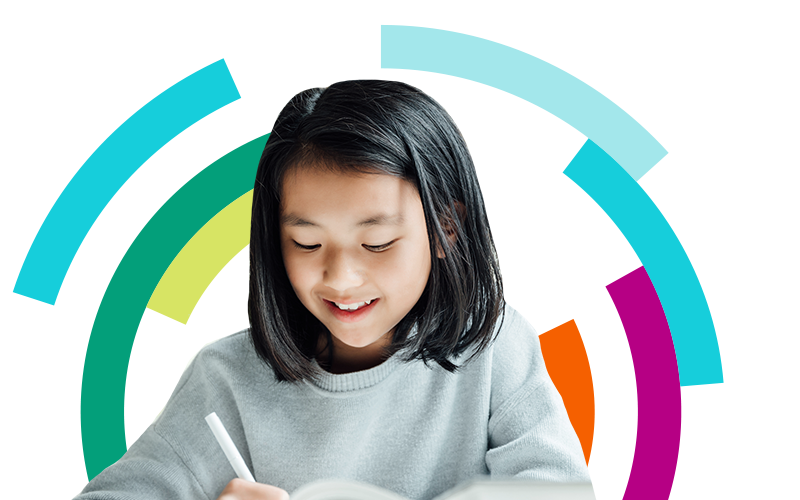What is substance use disorder?
Substance use disorder is a mental health condition in which kids or teenagers use drugs or alcohol in unhealthy ways. This can include addiction, using substances in ways that interfere with their lives, and doing dangerous things because of the substance. Kids with substance use disorder have trouble in school, work or relationships because of their use of drugs or alcohol. They also develop tolerance to substances, which means that they need to use more of the substance in order to feel drunk or high.
What are the symptoms of substance use disorder?
Signs that a young person might have substance use disorder include:
- Getting drunk or high a lot
- Using substances before or during school
- Selling drugs
- Hiding alcohol or drugs in their room
- Skipping school a lot
- Doing worse in school than they used to
- No longer seeing old friends
- No longer doing activities they used to enjoy
- Dangerous behavior such as fighting, or driving while drunk or high
- Strong cravings for a specific substance
- Needing to take more and more of the substance to get the same effect
- Withdrawal symptoms when they can’t get the substance
Many teenagers are good at hiding their alcohol or drug use from parents, so the first sign is often something like skipping school or changing friends.
Many teens with SUD also have a co-occurringdiagnosis,
such as depression or anxiety. Substances can make symptoms worse and sometimes interact badly with kids’ medication.
How is substance use disorder diagnosed?
Substance use disorder can take many forms. To be diagnosed, a teenager’s substance use must cause issues in school, social problems, and/or dangerous behavior. Developing tolerance to the substance (needing more to feel drunk or high) is also a sign that professional help may be necessary.
Many teens experiment with alcohol and other substances, and not everyone develops a disorder. Teenagers who say they are experimenting but may not meet the criteria for a disorder should still be evaluated. Often substance use is about avoiding discomfort, which may be related to another disorder, like anxiety or depression. This avoidance develops into a maladaptive coping skill that needs to be addressed and replaced with more effective skills.
How is substance use disorder treated?
There are several steps to treating substance use disorder. The specifics depend on how serious the young person’s substance use disorder is and how long they’ve had it.
The very first step is to help the teenager stop using the substance. In severe cases of addiction, a doctor might prescribe a supervised detoxification to help with symptoms of withdrawal. That means that the teen gets support while they stop using the substance. That treatment might be able to happen at home with a lot of structured therapy during the day. If the addiction has been going on for a long time, the teen might need to go to an inpatientsubstance abuse
program.
After the teenager stops using alcohol or drugs, several different kinds of therapy are often used at the same time. This can include:
- Psychotherapy where the teen meets one-on-one with a therapist who specializes in substance abuse
- Family counseling where the whole family meets with a therapist
- Self-help groups for the teen and/or the family
Finally, many kids who have substance use disorder also have other disorders like anxiety or depression. They may even have started using drugs or alcohol to avoid the symptoms of those disorders by getting drunk or high. Those other disorders need to be treated at the same time the substance use disorder is being treated.
This guide was last reviewed or updated on August 20, 2024.
